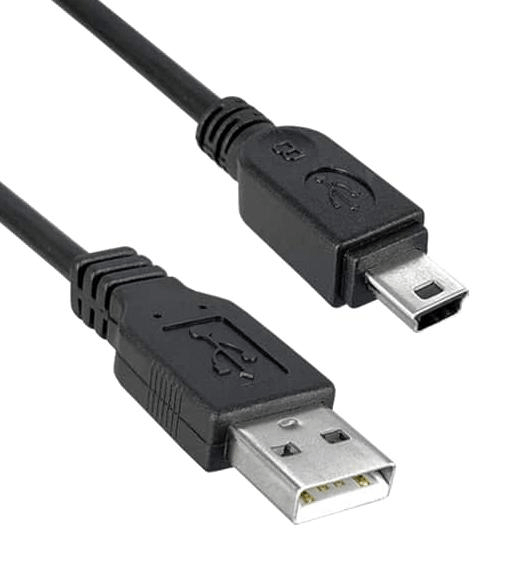What is a cable?
A cable is one or more wires covered in plastic and can connect the computer system. It is also referred to as a cord, connector or plug. Cables are also used to connect input and output devices to computers. It provides a medium for transmitting information from one device to another. Cables are essential to many different technologies and are used in various applications, including telecommunications, networking, power transmission, and audio/visual systems.
History of Cable
Cable television was first developed in the United States in the late 1940s to bring television signals to areas that were too far away from broadcast towers to receive them over the air. In the early days of cable, the signs were collected and transmitted using coaxial cables, which are thick, shielded cables capable of transmitting high-frequency signals over long distances without significant loss of quality.
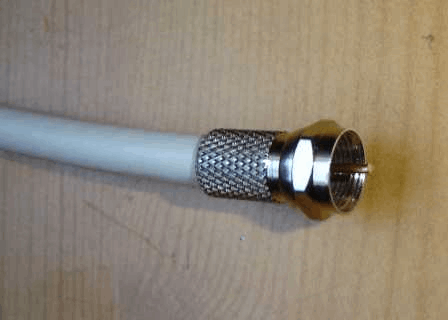
The first cable was small and served only a few hundred subscribers, but as the technology developed, cable systems began to grow in size and popularity. In the 1970s and in the 1980s, cable television began to offer additional channels beyond the basic broadcast channels, and by the 1990s, it had become a significant source of entertainment for millions of people around the world. In the early 21st century, cable television was joined by other forms of high-speed internet access, such
DSL and fibre optic offered even faster speeds and more reliability.
Today, cable remains a popular choice for both television and internet service,
although it faces competition from other types of broadband technologies.
Uses of Cable
- A cable is a wire used to transmit electrical power or signals over long distances. It comprises one or more conductive wires encased in a protective outer layer, typically made of rubber, PVC, or other insulating material.
- Cable is often used to transmit electricity from power plants to homes and businesses and transmit signals such as data, audio, and video between devices.
- A cable is a wire used to transmit electrical power or data. It is typically made of copper or aluminium wire insulated with a protective coating or jacket.
- Cable is used in various applications, including building electrical wiring, telecommunications, and data transmission.
- The cable can transmit electrical power or data over long distances. It is often used with other devices, such as connectors and cable ties, to create a secure and reliable connection.
- Cable is available in different sizes, types, and ratings to suit various applications, and it is an essential component in many modern electrical and communication systems. Top of Form Cables are used for various purposes, including transmitting electrical power, data, and audio and video signals.
Some common examples of cable and their use
1) Electrical cables: These are used to transmit electrical power from one location to another. They are typically made of copper or aluminium wire and are used in various applications, including powering buildings, homes, and industrial machinery.
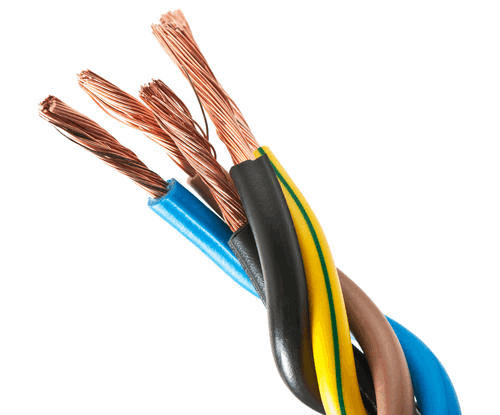
2) Data cables: These are used to transmit data between devices, such as computers, printers, and servers. Some standard data cables include Ethernet, USB, and HDMI cables.
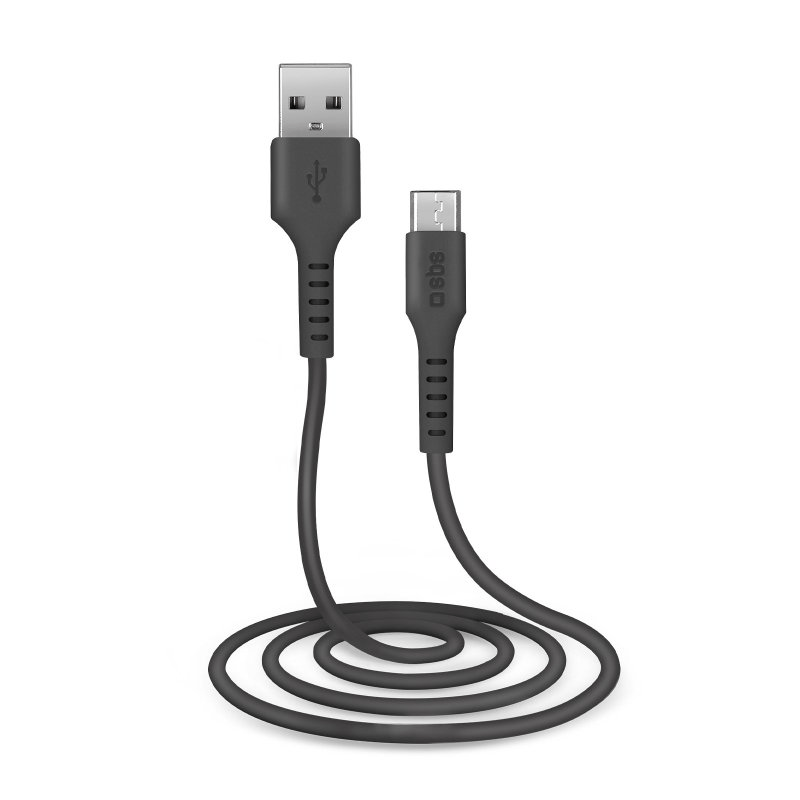
3) Audio and video cables: These are used to transmit audio and video signals between devices, such as TVs, speakers, and home theatre systems. Standard audio and video cables include HDMI cables, RCA cables, and coaxial cables.
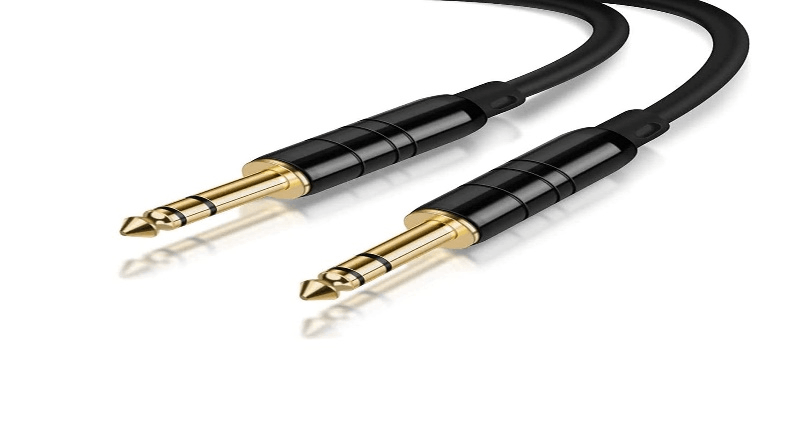
4) Communication cables: These are used to transmit communication signals, such as phone calls and internet data. Standard communication cables include telephone, fibre optic, and satellite cables.
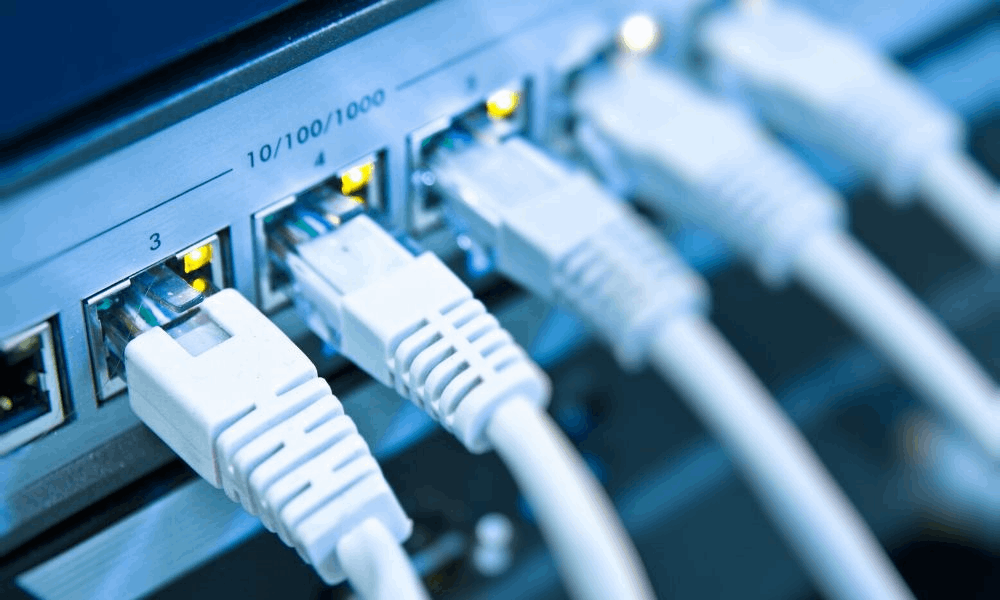
5) Control cables: These are used to transmit control signals between devices, such as in industrial automation systems. Some common types of control-providing power cables include ethernet cables.
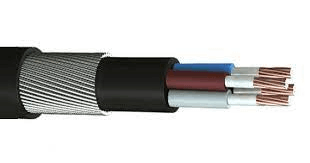
Advantages of Cable
There are several advantages to using cable as a means of transmitting data or providing power:
- Cable is generally more reliable than wireless transmission methods, as it is not subject to interference from other devices or environmental factors.
- It can transmit data at much higher speeds than wireless methods, making it suitable for high bandwidth applications.
- It is generally more secure than wireless transmission methods, as it is difficult for outsiders to intercept data transmitted over a cable.
- It is a more cost-effective solution for transmitting data over long distances, as it does not require expensive wireless equipment or infrastructure.
- It is a durable and long-lasting solution, as it is not subject to wear and tear like wireless devices that rely on batteries or other consumables.
- It is a versatile solution that cable can use in various applications, including networking, power transmission, and audio/visual signal transmission.
- Cable internet is widely available in urban and suburban areas, making it a convenient option for many people.
- Cable internet is typically more reliable than satellite internet, which can be affected by weather conditions.
Disadvantages of Cable
There are also some disadvantages of using cable as a means of transmitting data or providing internet access:
- Limited availability: Cable internet is unavailable in all areas, predominantly rural or remote.
- Shared bandwidth: Cable internet relies on shared bandwidth, which means that the speed of your connection can be affected by the number of people using the internet in your area simultaneously.
- Cost: Cable internet can be more expensive than other types of internet service, such as DSL or fibre optic.
- Long-term contracts: Many cable companies require long-term contracts, which can be inconvenient if you want to switch providers or move to a new location.
- Equipment rental fees: Some cable companies charge a fee for renting the modem and router needed for their service.
- Potential for interference: Cable internet relies on coaxial cables, which can be affected by electrical interference from devices such as TVs, appliances, and fluorescent lights. The cable can cause problems with the quality and speed of your internet connection.
- Many cable providers charge customers a fee to rent equipment such as modems and routers.
Types of Cable
Many types of cable are available, including coaxial cable, fibre optic cable, and twisted pair cable, each of these is designed for specific applications and signals. Thread is essential to modern communication and electrical systems and is used in various industries, including telecommunications, construction, and automotive. Several types of wires are commonly used for transmitting data and other signals.
- Coaxial cable: Coaxial cable, also known as coax, is a type of cable that is commonly used for transmitting high-frequency signals, such as television and internet data. It is made up of a central conductor surrounded by insulation and is protected by an outer shield. Coaxial cable is resistant to interference and can transmit signals over long distances without significantly losing quality.
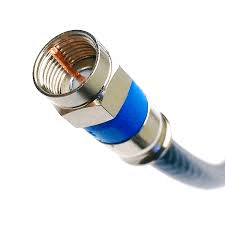
- Ethernet cable: Ethernet cable is a twisted pair of cables that connect computers and other devices to the internet or each other. Various Ethernet cables, including Cat5, Cat5e, Cat6, and Cat7, differ in speed and performance capabilities.
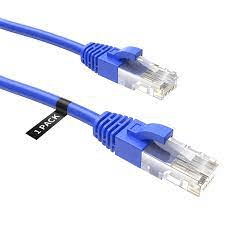
- Fibber optic cable: Fibber optic cable is a type of cable that uses thin strands of glass or plastic to transmit data as light signals. It can transmit data over long distances at extremely high speeds and resist interference.
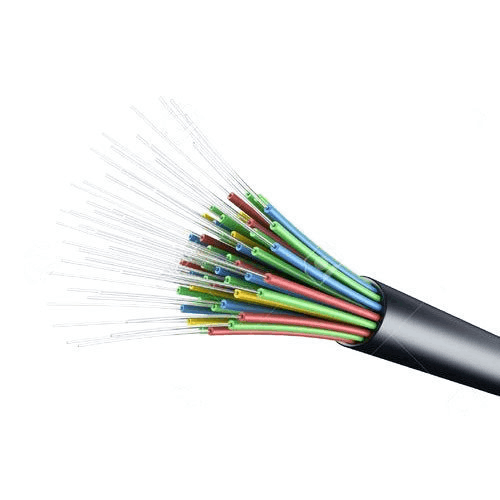
- HDMI cable: HDMI (High Definition Multimedia Interface) is a cable used to transmit audio and video signals between devices, such as a television and a Blu-ray player. HDMI cables are available in different lengths and versions, which support different resolutions and refresh rates.
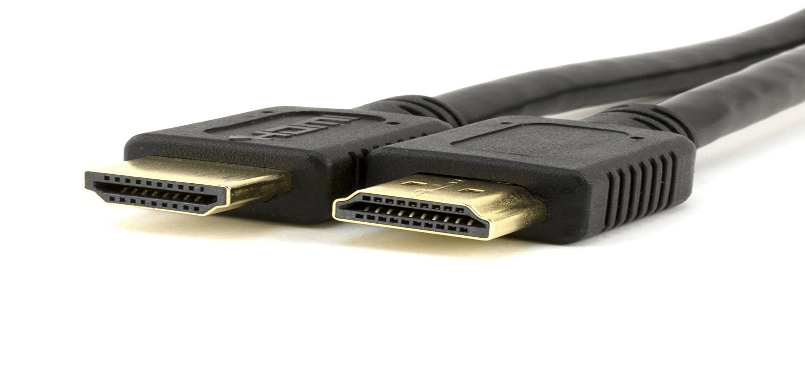
- USB cable: USB (Universal Serial Bus) is a cable used to connect devices to a computer or to each other. Several types of USB cables, including USB-A, USB-B, USB-C, and others, differ in their shape and capabilities.
